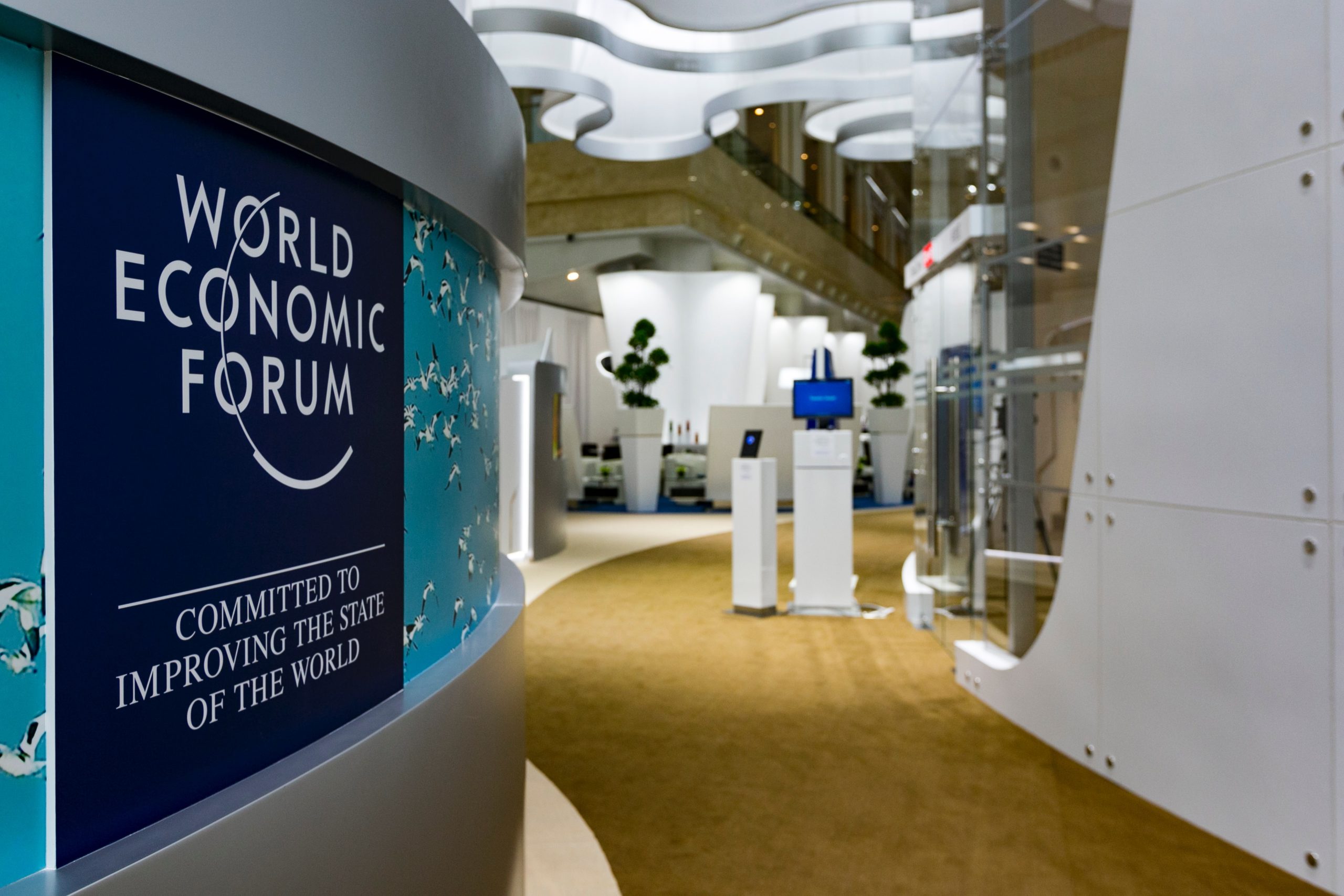 I’m guessing that the answer to this post’s title question is a big fat no (unless you or those with whom you socially network hail from the marketing arena). But otherwise, I’ve seen no evidence suggesting that the Twitter and Facebook feeds of most lit up with news coming out of this massive confab, as frankly there were just too many hurdles in the way.
I’m guessing that the answer to this post’s title question is a big fat no (unless you or those with whom you socially network hail from the marketing arena). But otherwise, I’ve seen no evidence suggesting that the Twitter and Facebook feeds of most lit up with news coming out of this massive confab, as frankly there were just too many hurdles in the way.
So, if your (or your client’s) news did not ultimately complete the journey through this personal and most important last mile of communication – you know the one where the latest and greatest news bubbles up to your attention for the first time by way of your friends, family or colleagues on FB and Twitter – then Houston, we’ve got a CES problem!
If you’re considering CES for its news generating potential, then I’d like to offer you four potential obstacles to keep in mind before plunking down your cold hard cash for next year’s show:
- A Haze of Doubt Surrounds CES. Before even getting to Vegas, it was hard not to notice the steady drumbeat of negative media coverage surrounding the conference – stories and blog posts discussing the illustrious companies that have fled CES over the past few years; others questioning the conference’s overall strategic value; and even worse, a good number of pieces showing little to no enthusiasm for the products slated for announcement. And not to mention the announcements that were just straight up ridiculed! This context of doubt alone should give you pause – and, barring a massive rethink of CES, is not likely to disappear anytime soon.
- Your Value Proposition Is at War Against All Others. There’s a massive difference between pitching “ultra high resolution” vs. pitching “ultra high resolution that lowers power usage” — the latter speaks to a real need of consumers, while the former speaks largely to the psyche of product engineers. Get this bit wrong and your products will not see the light of day, especially when there are thousands of competitors at CES vying for attention at the very same time. Case in point: consider that on the first day of CES it was the image of the rather low-tech and low budget Lego compatible iPhone cases that outshone most other value props, garnering some of the highest numbers of retweets that day.
- Your Game Day Execution Must Be Supremely (Re)Tweetable. And by supremely I mean, the best of the best. Put simply: the conversations in and around CES revolve almost entirely on Twitter; and so whether you like it or not, if you want to generate news and stand out among the 1.25 million social media conversations that take place there, you have no choice but to shine bright (like a diamond) on this particular medium.
- If You Keep Doing What You’ve Always Done…You’ll Get Even Less Than What You’ve Always Gotten. Let’s call this the Rule of Negative CES Returns which simply posits that continuing to attend CES because you’ve always attended it and sharing just another iteration of your core product(s) year after year at this point guarantees you less and less of the earned media coverage you likely desire. CES is no longer just about product innovation, it is now in at least equal part about conference marketing innovation as well. You won’t breakthrough without it.
In short, if you intend for news about your company or products to travel from the floors of CES to the doors of your consumers, then it might be time to rethink how you’re spending your resources. The world is now becoming rife with examples of companies that have succeeded at penetrating our collective consciousness in ways that are much lower cost and that have much greater impact.


